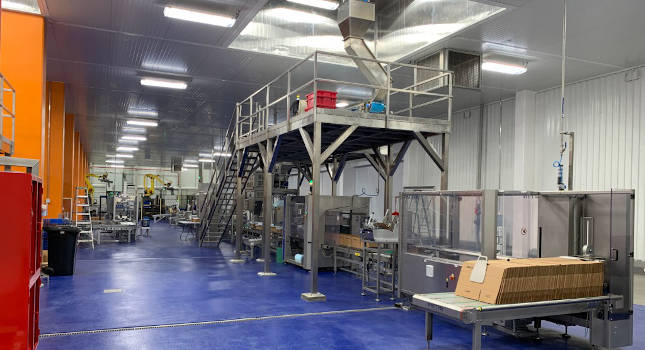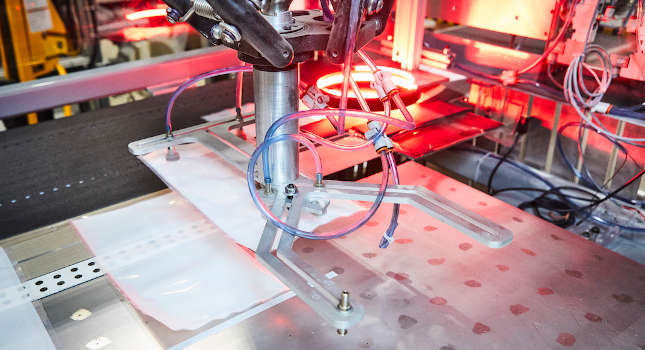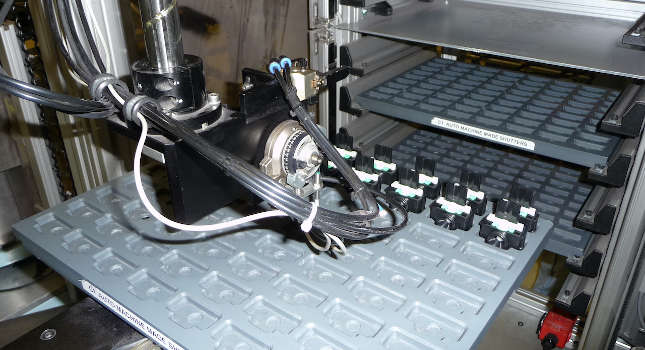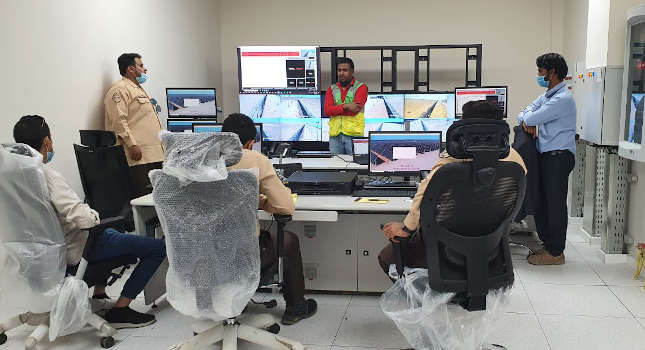Coal seam gas extraction requires heavy monitoring via many sensors placed at the wellhead. To ensure all the data are managed properly, a high-capacity server is needed. This case study explains the challenges of managing data in the extraction process—and how to overcome them.
Countries across the globe are looking for innovative ways to leverage coal seam gas (CSG), since the U.S. has been experiencing a boom in shale gas. While both shale and CSG are classified as "unconventional" gas sources, their compositions and extraction processes are entirely different. Shale wells are generally much deeper and typically require hydraulic fracturing, which results in the production of higher order complex hydrocarbons (including light oils). CSG is mostly methane, and requires more simplified drilling, production, storage, and treatment processes than does shale gas. For transportation and delivery purposes, CSG is cooled to the point that it transforms into a liquefied natural gas (LNG). After it has reached an LNG regasification terminal, the liquid is heated and returned to its gaseous state.
So why is CSG gaining so much traction in the oil and gas industry? As methane is the end user product, CSG can be used in all natural gas appliances and commercial applications, and is one of the safest and cleanest fuels available. When burned, methane produces mostly carbon dioxide and water vapor-the same substances emitted when people exhale. Compared to other fossil fuels, it emits the least amount of carbon dioxide into the air when combusted, making it the cleanest burning fossil fuel available. Methane is up to 70% cleaner than coal.
The challenge
ABB was recently tasked with providing integrated automation, safety, and telecommunications systems for an upstream CSG project in Queensland, Australia. The company was a considered a good fit for this first-of-its-kind project.
One of the biggest technical challenges the engineers faced with this project was automating the collection of well data. The project called for between 1,000 and 1,500 wellsites to come online in 2014 (and more than 6,000 by 2030) over an area of more than 4,500 sq km. Each well has between 50 and 70 data points being scanned on a 30-second cycle.
With several new wells being introduced each day, the engineers needed to be able to bring them online and offline in a highly streamlined and efficient manner. In addition, the method of configuring them needed to be simple, fast, and dependable. Also, data needed to be reliably retrieved from many distant locations with limited bandwidth networks. This meant that automating data collection was a large undertaking because the project infrastructure was immense and constantly in flux.
On the right path
To handle these requirements, the engineers needed an automated communications platform that was highly reliable and could easily scale and communicate massive amounts of data back for visualization and long-term storage in an enterprise historian.
After reviewing communications technologies, ABB selected a high-capacity server from Kepware Technologies to handle the high demands of the ground-breaking project. By using this communications technology that met all of the project’s scalability and connectivity requirements, multiple OPC drivers within a single communications platform were able to be added without learning new communications protocols or spending time understanding new applications. In addition, the project now includes data exchange between OPC clients and Modbus protocol-compliant controllers.
Implementing a robust communications platform enabled the difficulties commonly faced within a rapidly expanding infrastructure to be overcome. With the proper solutions in place, other businesses can achieve similar results. This communications technology allowed hundreds of wells to be brought online or offline in mere minutes. This ability will only grow in importance. Over the next 20 years, CSG operations are expected to continue expanding-with up to 40,000 wells projected for Queensland alone.
Access to affordable, environmentally-friendly gas has also grown increasingly important across the globe as consumers search for energy sources that take less of a toll on the environment than coal. In addition, it’s important for companies to have the proper systems and processes in place to ensure they are maximizing efficiencies at each wellsite. This allows the company to save money on operational costs, and, in turn, reduce costs passed down to consumers.
– Stephen Sponseller oversees business development and product management for automation connectivity and communications specific to the oil and gas industry at Kepware Technologies. Edited by Eric R. Eissler, editor-in-chief, Oil & Gas Engineering, [email protected]



